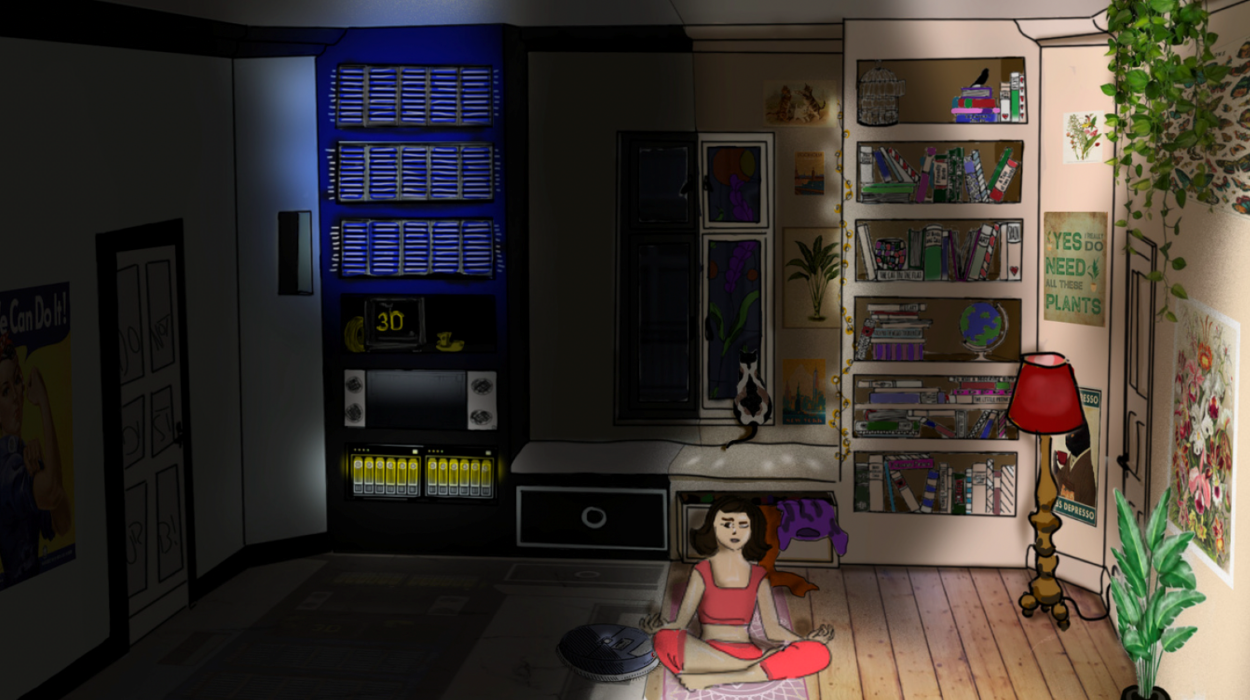
Beyond the Berliner Zimmer
Political rivals share flat, turning Berliner Zimmer from battleground to sanctuary.

Political rivals share flat, turning Berliner Zimmer from battleground to sanctuary.
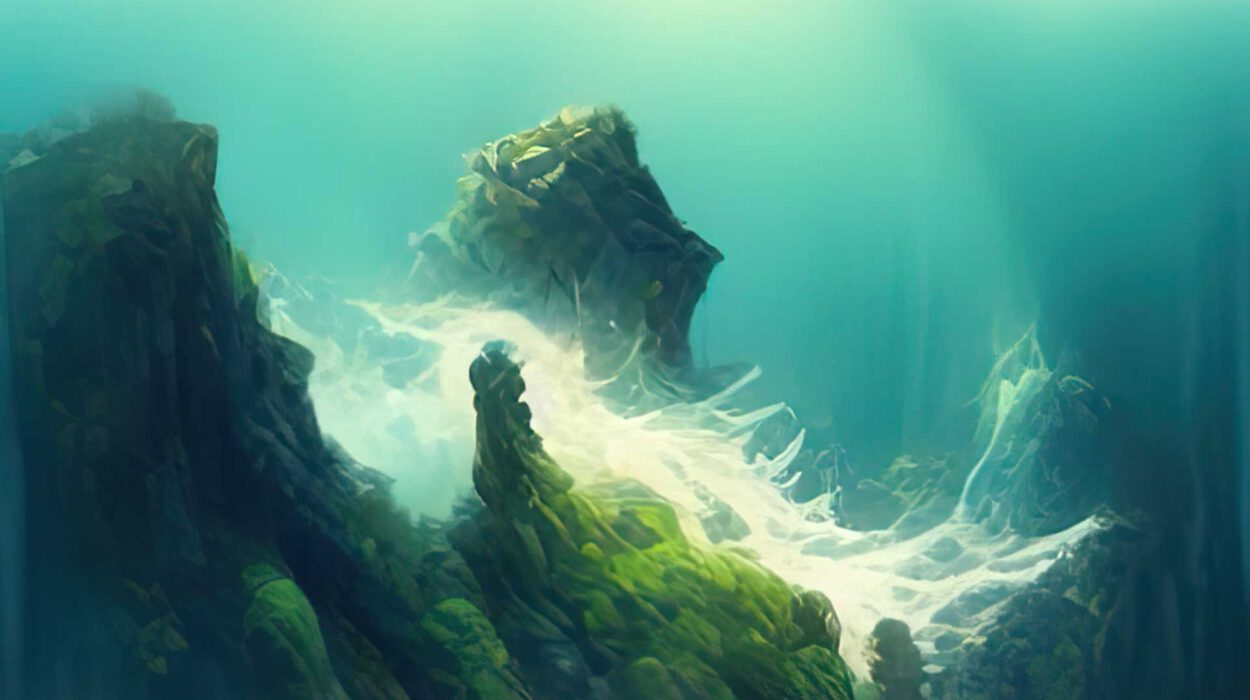
The vision is an agricultural cooperative between fish and humans where algae fields are protected areas to serve the marine species.
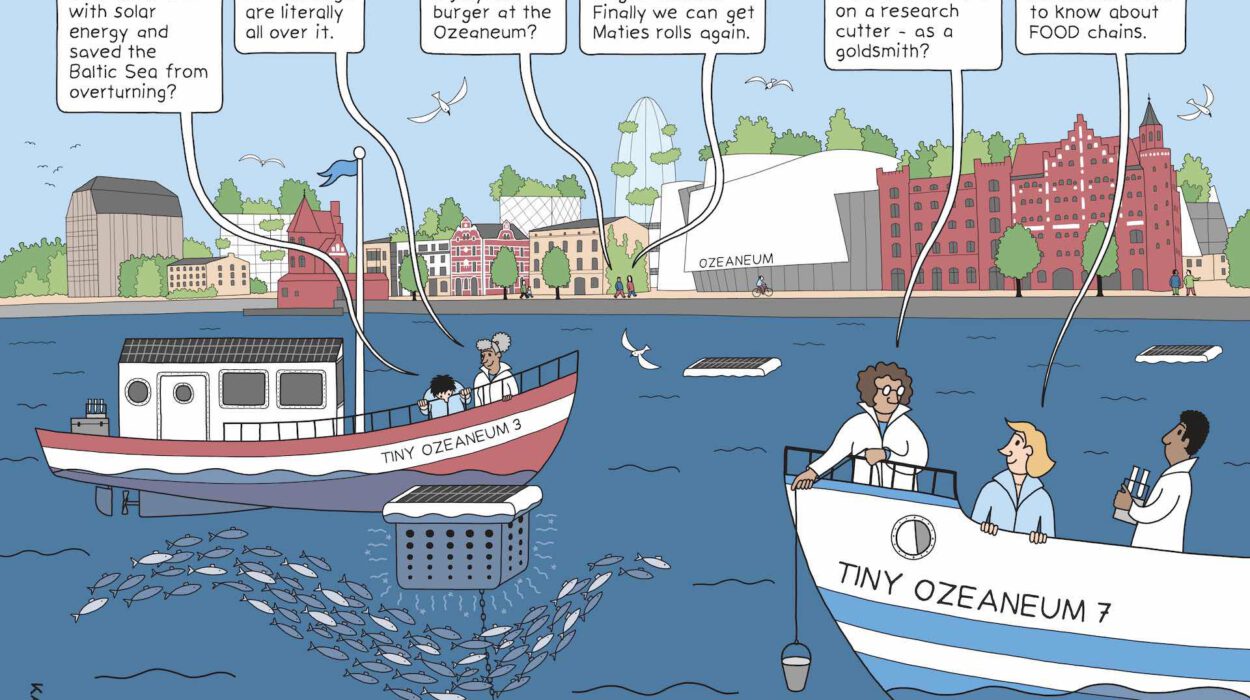
Our future is not in outer space but in the ocean. If this deep sear research station is developed then we can duplicate mobile stations.

Our future is not in outer space but in the ocean. If this deep sear research station is developed then we can duplicate mobile stations.

In the year 2050, in the aftermath of great social upheavals, the luxury boats of this world have been transformed. Small floating cities have been built out of them – often in combination with several ships.

The organizer of a campus on the terrestrial site of Rostock is responsible for the floating research station. It is an Ocean Tech Campus, where 16 scientific institutes with 2000 experts work together in an interdisciplinary way.
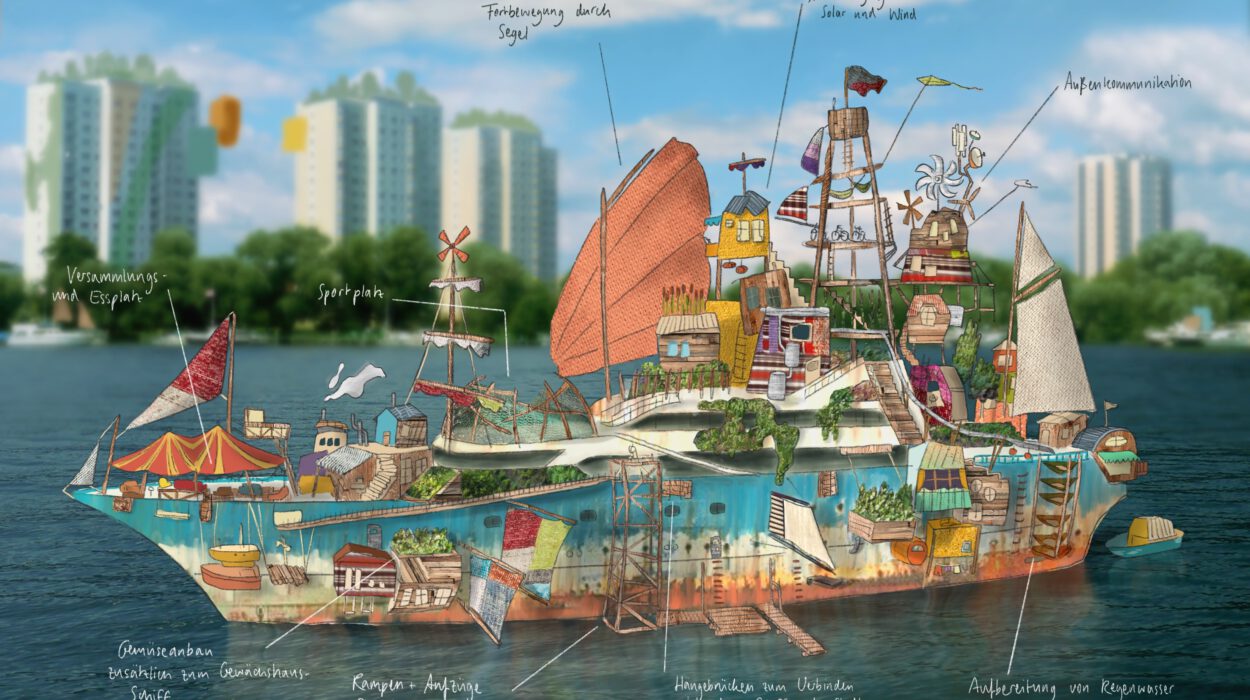
In the year 2050, in the aftermath of great social upheavals, the luxury boats of this world have been transformed. Small floating cities have been built out of them – often in combination with several ships.
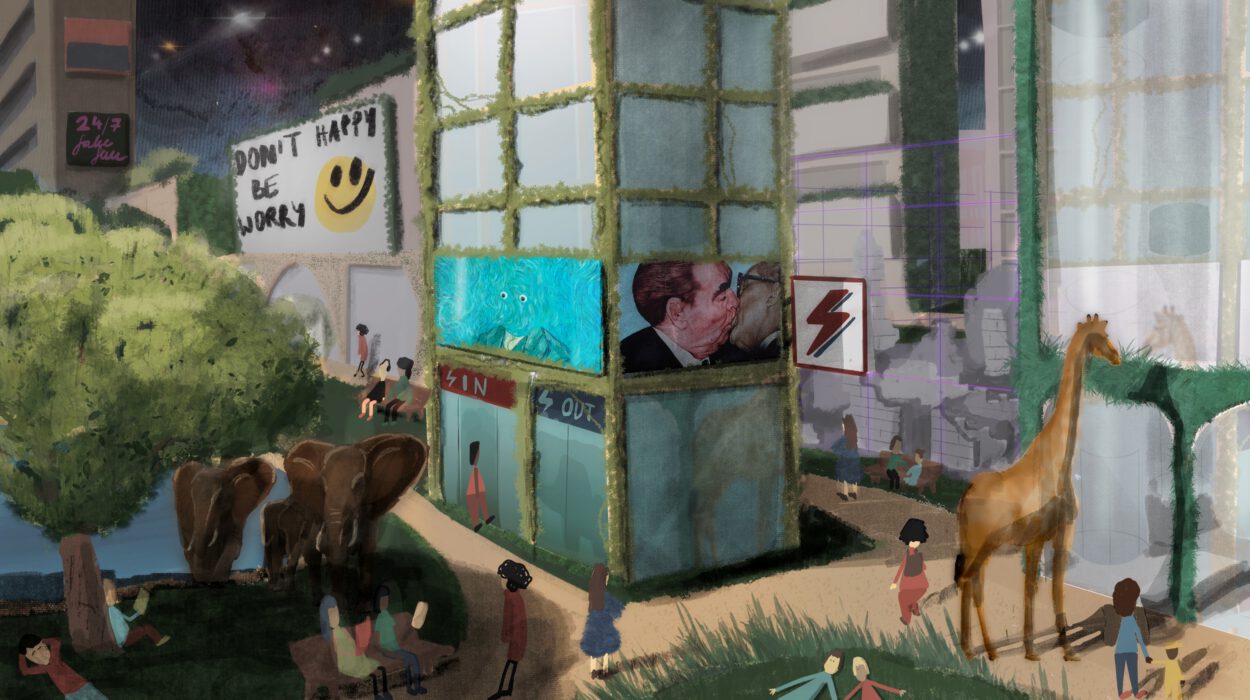
The world in the far future is green, clean and without wars. It is a place where all people have equal rights and chances. The Earth´s population is smaller because scientists found other habitable planets that offered a home for many.

We are in a world of the future where, due to massive environmental and air pollution, people are supplied with oxygen by the last rescued (and newly cultivated) plants.
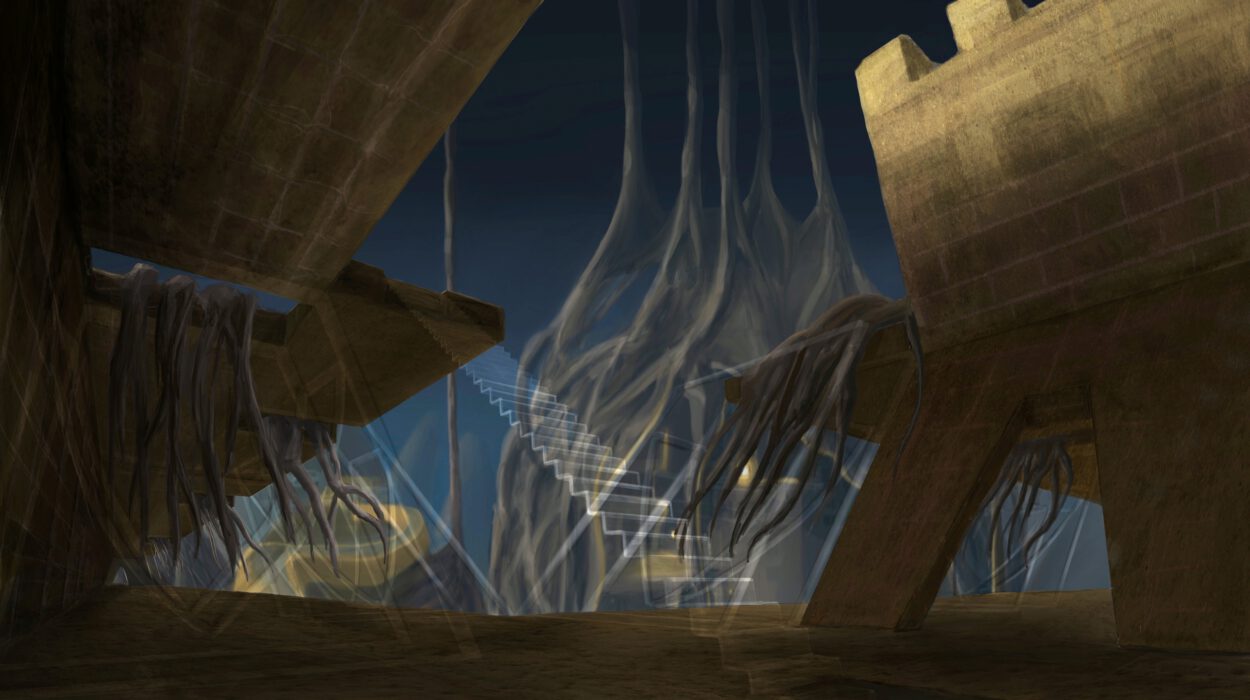
Overpopulation is a world problem. The example of China in particular shows that new solutions must be found for the use of living space.